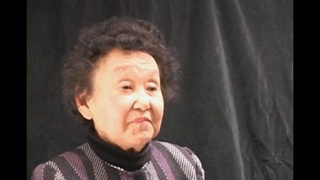Interviews
My daughter’s identity (Japanese)
(Japanese) I let my daughter decide it. I don’t tell her that she is Brazilian or Nikkei. I let her find it as her school environment changes.
Well, it’s because I believe that the place we live in now is a very good environment for my daughter, with a lot of foreigners around, and she can naturally interact with Japanese children who interact with many foreigners. I feel like such environment is the best for her now. And in the future, though, as she grows up and when she leaves Oizumi-machi, Ota city, people around her, they might say something that troubles her. But to prepare for when such thing happens, to make ourselves proud of this place where we have connections to Brazil and Japan, we just need to work hard.
Date: October 18, 2016
Location: Gunma, Japan
Interviewer: Shigeru Kojima
Contributed by: Watase Media Arts Center, Japanese American National Museum










